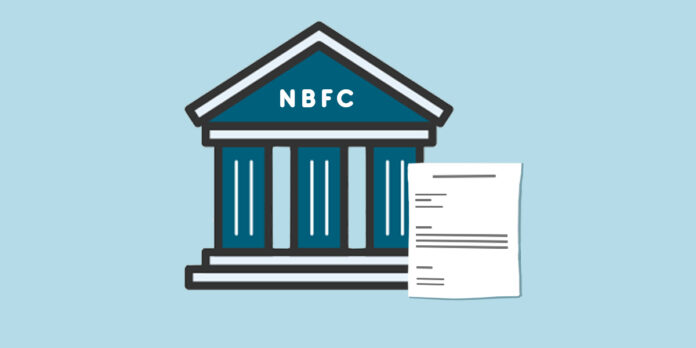Despite the coronavirus pandemic troubles in 2021, non-banking financial businesses (NBFCs) exhibited resiliency and are anticipated to maintain their growth momentum this year.
The improvement in the economy, a better balance sheet, higher provisions, and enhanced capital positions of NBFCs will boost growth this year.
Following the Reserve Bank of India’s (RBI) decision to tighten NPA rules in November 2021, gross non-performing assets (NPAs) of NBFCs are expected to climb.
Our baseline assumption is that the worst is over for them (NBFCs) and that things will improve from here on out.
“We anticipate NBFCs to develop more quickly and benefit from the growing economy,” said Krishnan Sitaraman, Senior Director and Deputy Chief Ratings Officer at Crisil Ratings Ltd.
According to Sitaraman, the asset under management (AUM) of shadow banking players is likely to expand at a rate of 6-8 percent this fiscal year and 8-10 percent the following fiscal year.
“With the enhanced pace of vaccinations and the wider rebound of the economy, the NBFC sector is projected to stay healthy,” according to the RBI’s Trends and Progress of Banking in India in 2020-21 study.
According to A M Karthik, Vice-President and Sector Head at ICRA Ltd, the NBFC sector, which includes housing finance firms (HFCs) but excludes infra-focused and government-owned enterprises, has had a roller-coaster ride over the last 12-18 months.
Growth and profitability performance was boosted in the second half of FY2021 as a result of pent-up demand and the relaxation of the COVID-19 lockdown, he said.
In terms of disbursements and AUM (asset under management) growth, the impact was very minimal compared to the previous fiscal, he continued, with the industry bouncing back in the second quarter of FY2022.
Ashwini Kumar Hooda, Deputy Managing Director of mortgage lender Indiabulls Housing Finance, said: “I believe 2022 would be a fantastic year.
We’ve already seen a rise in real estate (sales), with volumes over 30-50 percent greater than the prior year.”
There will be demand for homes and home loans as interest rates fall, income rises, and property prices remain stable.
He went on to say that in this cycle, all home sales are driven by end-user demand, and there are no investors in the market.
To strengthen NBFC supervision, the Reserve Bank of India (RBI) implemented scale-based regulation and modified NPA identification and up-gradation criteria.
The updated rules stipulated that special mention accounts (SMAs) and non-performing assets (NPAs) be classified on a day-end basis and that an NPA be upgraded to a regular category only once all outstanding overdue have been cleared.
According to CARE Ratings Senior Director Sanjay Agarwal, NBFC NPAs are projected to rise in comparison to FY21 levels due to the new RBI asset classification standards.
According to research released in November 2021 by CARE Ratings, the amended NPA rules will increase gross NPAs of up to 300 basis points (bps), with a modest impact on shorter-term loans.
Follow and connect with us on Facebook, LinkedIn & Twitter

